Introduction
In the realm of traditional Chinese cuisine, zongzi, or rice dumplings wrapped in bamboo leaves, hold a special place during the Dragon Boat Festival. This ancient festival commemorates the patriotic poet Qu Yuan, who drowned himself in the Miluo River in protest against corruption. While zongzi are traditionally filled with sweet ingredients like red bean paste or lotus seed paste, the savory meat zongzi have gained immense popularity, especially among those who prefer a heartier, more flavorful treat. This article delves into the art of making savory meat zongzi, from selecting the perfect ingredients to perfecting the wrapping technique, ensuring that every bite is a delightful blend of textures and flavors.
Selecting Ingredients
The foundation of any great dish lies in its ingredients, and this is no less true for meat zongzi. Here’s a breakdown of the essential components you’ll need:
-
Rice: Short-grain glutinous rice is the staple. Its sticky nature holds the filling together and ensures the zongzi remain intact during cooking. Rinse the rice thoroughly under cold running water until the water runs clear, then soak it in water for at least 4 hours or overnight. Soaking helps the rice absorb moisture, making it softer and more flavorful when cooked.
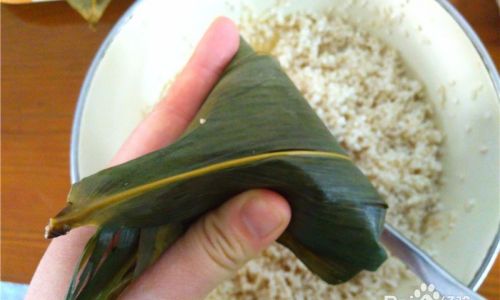
-
Bamboo Leaves: Fresh or dried bamboo leaves are used to wrap the zongzi. Fresh leaves impart a subtle, earthy flavor, while dried leaves are more convenient and readily available. Soak dried leaves in hot water for about 30 minutes to soften them before use. Clean the leaves thoroughly to remove any dirt or debris.
-
Meat Filling: Pork belly or shoulder is commonly used due to its fatty marbling, which melts during cooking, adding richness and moisture to the zongzi. Alternatively, you can use chicken, beef, or even lamb. Cut the meat into small, bite-sized cubes and marinate with soy sauce, Shaoxing wine (or dry sherry), garlic, ginger, five-spice powder, and a touch of sugar for at least 2 hours, preferably overnight, to allow the flavors to penetrate deeply.
-
Aromatics and Seasonings: Garlic, ginger, shallots, and green onions add layers of flavor. Soy sauce, Shaoxing wine, sesame oil, and a pinch of white pepper round out the seasoning. Optionally, you can include dried shrimp, Chinese sausage (lap cheong), or preserved egg yolks for added complexity.
-
Other Fillings: Depending on your preference, you can incorporate other ingredients such as mushrooms, bamboo shoots, lotus seeds, or peanuts to enhance the texture and nutrition of your zongzi.
Preparation Steps
With your ingredients ready, let’s dive into the preparation process:
-
Prepping the Bamboo Leaves: After soaking, pat the bamboo leaves dry with a clean cloth. Fold or roll the leaves into cone shapes, ensuring the pointed end is sealed tight to prevent leakage. This can be a bit tricky at first, but practice makes perfect.
-
Layering the Rice and Filling: Spoon a small amount of soaked glutinous rice into the bottom of each cone. Add a few pieces of marinated meat, followed by a few aromatic slices of ginger, garlic, and shallots. If using additional fillings like mushrooms or bamboo shoots, distribute them evenly among the zongzi. Top with another layer of rice, pressing down gently to compact the filling.
-
Wrapping the Zongzi: This is where patience and precision come in. Fold the sides of the bamboo leaf over the filling, then secure the top by folding the remaining leaf over and tucking it under the body of the zongzi. Use a piece of cotton string or bamboo strip to tie the zongzi securely. The goal is to create a tight, compact package that will hold its shape during cooking.
-
Boiling the Zongzi: Fill a large pot with enough water to fully submerge the zongzi. Bring the water to a rolling boil, then carefully lower the zongzi into the pot using a slotted spoon or spatula. Reduce the heat to a simmer and cook for about 3-4 hours, depending on the size of the zongzi. Keep the pot covered to retain heat and flavor. Check the water level occasionally, adding more boiling water if necessary to ensure the zongzi remain submerged.
Alternative Cooking Methods
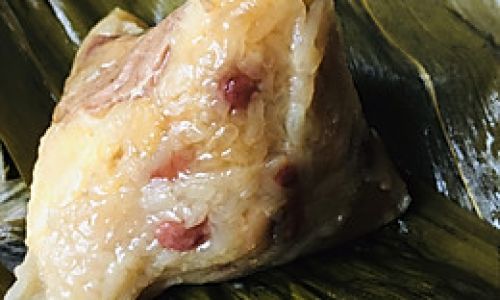
While boiling is the traditional method, steaming is another option that preserves the vibrant green color of the bamboo leaves and can result in a slightly firmer texture for the rice. To steam, place the wrapped zongzi in a steamer basket over boiling water and steam for about 4-5 hours.
Serving and Enjoying
Once cooked, remove the zongzi from the pot or steamer and let them cool slightly. The bamboo leaves should be easily removable, revealing perfectly cooked, fragrant meat zongzi. Serve them warm or at room temperature with a dipping sauce made from soy sauce, vinegar, and a touch of sesame oil.
Storage Tips
Leftover zongzi can be stored in the refrigerator for up to 3 days, wrapped tightly in plastic wrap or stored in an airtight container. For longer storage, freeze the zongzi after they have cooled completely. To reheat, steam or boil them until heated through.
Cultural Significance and Variations
Beyond their culinary appeal, meat zongzi carry cultural significance. They symbolize unity and the binding of families during the Dragon Boat Festival. Across China, regional variations exist, with different fillings and wrapping techniques reflecting local flavors and traditions. In southern regions, for instance, salted egg yolks and peanuts are popular additions, while northern variations might include sweetened red bean paste mixed with savory ingredients.
Conclusion
Making savory meat zongzi is not just about following a recipe; it’s an immersive journey into the heart of Chinese culinary tradition. Each step, from soaking the rice to perfecting the wrap, is a testament to the art of patience and precision. The result is a dish that transcends mere taste, connecting you to a rich cultural heritage and the spirit of unity celebrated during the Dragon Boat Festival. As you savor each bite, let the flavors take you on a journey through time, honoring the legacy of Qu Yuan and the enduring beauty of Chinese cuisine. Happy cooking, and may your zongzi be filled with joy and flavor!
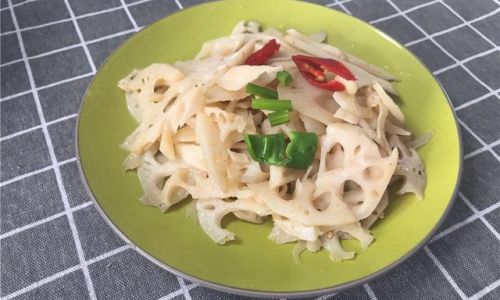
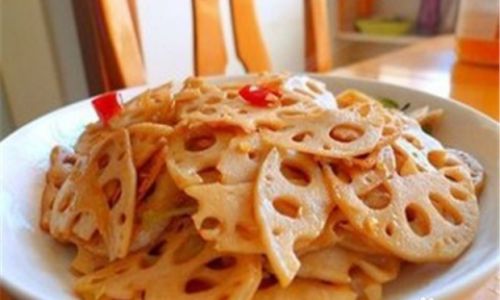
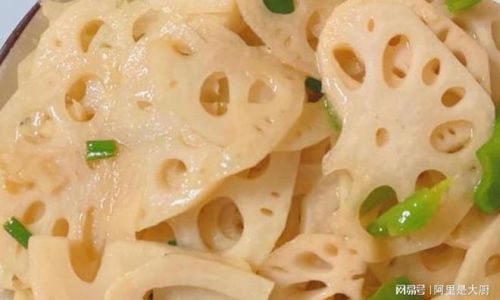
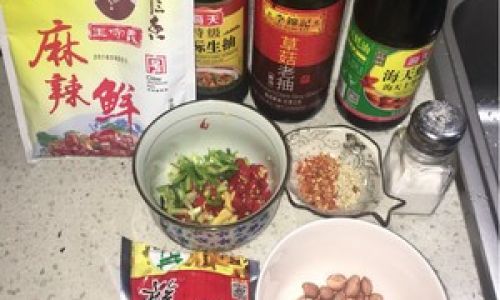
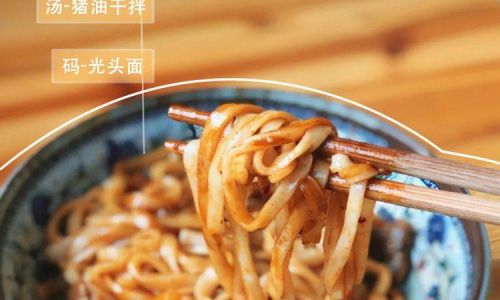

0 comments